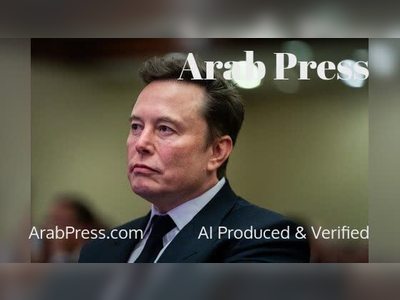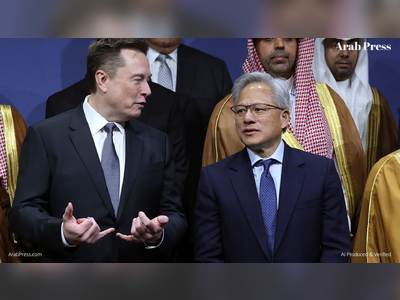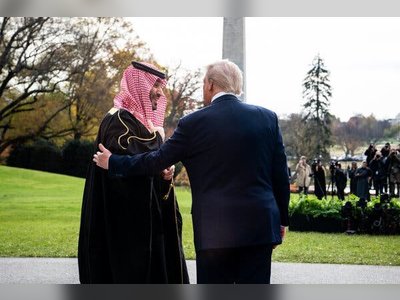U.S. Clears Export of Advanced AI Chips to Saudi Arabia and UAE Amid Strategic Tech Partnership
Commerce Department authorises export of up to thirty-five thousand Nvidia Blackwell chips to Gulf AI firms tied to major data-centre projects
The U.S. Department of Commerce has approved the export of advanced artificial-intelligence chips, allowing up to thirty-five thousand of Nvidia’s Blackwell units to be sold to two Gulf firms: G42 in the United Arab Emirates and Saudi Arabia’s government-backed Humain venture.
The move comes as part of a strategic U.S. alignment with Gulf states on AI infrastructure and reflects broader investment and industrial-policy aims.
Under the licence, both companies are required to meet stringent U.S. security and reporting conditions.
The estimated value of the Blackwell chips is around one billion dollars, though exact terms vary.
In a parallel disclosure, Humain announced plans to purchase around six hundred thousand Nvidia AI chips and partner with xAI, the startup led by Elon Musk, to deploy a five-hundred-megawatt data-centre facility in Saudi Arabia.
For the UAE, G42—working with the U.S. and partner firms such as OpenAI, Cisco and Oracle—is engaged in building one of the largest data-centre hubs outside the United States, further underlining the strategic importance of this export authorisation.
The UAE government described the decision as “another milestone” in its technology partnership with Washington.
The export approval coincides with the first visit by Saudi Crown Prince Mohammed bin Salman to the U.S. since 2018, amplifying the diplomatic significance of the chips deal.
Analysts view the decision as a key element of U.S. tech diplomacy under the current administration, which emphasises strategic alliances and technology leadership.
While this authorisation marks a notable de-escalation of previous chip controls imposed to restrict access to advanced AI processors, U.S. officials assert the arrangement is tightly regulated.
Future shipment volumes will depend on Gulf states meeting commitments on investment, data-governance and operational oversight — and thus will be closely watched as a test of America’s new approach to tech-export policy.
The move comes as part of a strategic U.S. alignment with Gulf states on AI infrastructure and reflects broader investment and industrial-policy aims.
Under the licence, both companies are required to meet stringent U.S. security and reporting conditions.
The estimated value of the Blackwell chips is around one billion dollars, though exact terms vary.
In a parallel disclosure, Humain announced plans to purchase around six hundred thousand Nvidia AI chips and partner with xAI, the startup led by Elon Musk, to deploy a five-hundred-megawatt data-centre facility in Saudi Arabia.
For the UAE, G42—working with the U.S. and partner firms such as OpenAI, Cisco and Oracle—is engaged in building one of the largest data-centre hubs outside the United States, further underlining the strategic importance of this export authorisation.
The UAE government described the decision as “another milestone” in its technology partnership with Washington.
The export approval coincides with the first visit by Saudi Crown Prince Mohammed bin Salman to the U.S. since 2018, amplifying the diplomatic significance of the chips deal.
Analysts view the decision as a key element of U.S. tech diplomacy under the current administration, which emphasises strategic alliances and technology leadership.
While this authorisation marks a notable de-escalation of previous chip controls imposed to restrict access to advanced AI processors, U.S. officials assert the arrangement is tightly regulated.
Future shipment volumes will depend on Gulf states meeting commitments on investment, data-governance and operational oversight — and thus will be closely watched as a test of America’s new approach to tech-export policy.



